Developing tourism associated with cultural preservation not only brings a stable source of income to people, but also contributes to protecting the environment, preserving identity, and spreading a beautiful image of the people and borderlands of the Fatherland.

Nghia Do ( Lao Cai ) has beautiful scenery with immense rice fields.
Advantages and challenges in developing green tourism in border areas
In recent years, tourism in the highlands and border areas has undergone a remarkable transformation, becoming a bright spot in the socio-economic development picture of mountainous areas. Many localities such as Ha Giang , Lao Cai, Lai Chau, Son La, Dien Bien, Quang Ngai, Gia Lai, Dak Lak or Hue city, Da Nang... have gradually formed community tourism models, green tourism associated with preserving indigenous culture, creating a unique attraction. This is a positive signal showing that the development orientation of "green - identity - sustainability" is on the right track.
However, in addition to the positive signs, the development of green tourism in border areas still faces many difficulties. First of all, the transport infrastructure is still limited, many potential tourist destinations are located in rugged terrain, far from the center, making it difficult to connect with major tourist routes. Human resources serving tourism, especially ethnic minority human resources, still lack skills, foreign languages and knowledge of sustainable tourism management. In addition, the planning, management and promotion of tourism in many localities are not really synchronous. Some community tourism models develop spontaneously, lacking long-term orientation, leading to the situation of "commercialization" of culture or over-exploitation of natural resources. Many localities still lack capital support mechanisms and preferential policies to encourage people to participate in tourism.

The Central Highlands gong cultural space is a unique cultural heritage that needs to be preserved and promoted.
Another difficulty is the impact of climate change and the decline of ecological resources in mountainous areas. If not properly managed, tourism development can destroy the very factors that create attractiveness, which are clean environment, pristine landscapes and unique cultural identity. Therefore, promoting green tourism and community tourism in highland and border areas requires the synchronous participation of all levels and sectors, from sustainable development planning, infrastructure investment to raising awareness and capacity of local people.
The Government has issued Resolution No. 82/NQ-CP on key tasks and solutions to accelerate recovery and accelerate effective and sustainable tourism development; at the same time, it has directed the tourism industry to develop and implement the Green Tourism Action Program for the period 2023 - 2025. Developing green tourism and community tourism is the way to concretize the goal of "leaving no one behind". Each village becomes a destination, each person becomes a "cultural ambassador", which is the path of harmonious development between economy, culture and people. Green transformation is the foundation for building a tourism industry in harmony with nature, responsible to the community and the environment. This demonstrates a common vision and drastic actions to create a sustainable tourism future, serving people and for people.
Promoting natural advantages and indigenous cultural identity
The highlands and border areas of Vietnam are blessed with majestic landscapes, cool climates and diverse ecosystems, which are ideal conditions for developing ecotourism and community tourism. Each locality and each ethnic group has its own unique culture, customs and cuisine, creating an "identity" that is difficult to confuse. For example, the Northwest region is famous for Mu Cang Chai terraced fields, Cat Cat village (Lao Cai), Dong Van stone plateau (Tuyen Quang) or Moc Chau plateau (Son La)... where tourists can experience the cultural space of the Mong, Dao and Tay people in the middle of the majestic wilderness. In the Central Highlands, the villages of Ede, Ba Na and Gia Rai attract tourists with the echoing sound of gongs, tall communal houses in the blue sky, or traditional festivals rich in identity. Along the southern border, Khmer and Cham villages with pagoda and tower architecture, traditional brocade weaving and pottery making... have become unique highlights of cultural tourism.

A Co Tu ethnic village elder in Da Nang city performs a panpipe in his ethnic group's traditional festival.
In addition to natural and cultural factors, the grassroots political system, especially the Border Guard force, also plays an important role in maintaining security and order in border areas, creating a stable environment for tourism development. Border guards not only protect territorial sovereignty, but also actively participate in building new rural areas, supporting people in tourism, and improving their livelihoods. In particular, the orientation of developing green tourism and community tourism is receiving attention from the State and the National Assembly, integrated into national target programs on the development of ethnic minority and mountainous areas. This is a direction in line with the global sustainable development trend, when tourism is not simply "going and seeing", but also "living together, understanding together and protecting together" with nature and indigenous people. These advantages are the foundation for border localities to develop green tourism products with strong identities, where each visitor experience is associated with a cultural story, with the responsibility of protecting the environment and spreading community spirit.
Spreading green livelihoods, improving the lives of ethnic minorities
Not only stopping at economic benefits, green tourism and community tourism have been creating profound changes in the lives of people in highland and border areas. Many villages that were previously poor have now become attractive destinations, where people confidently welcome visitors and introduce their homeland culture with pride and a sense of responsibility.
In Sin Suoi Ho village (Lai Chau province), Mong people have known how to set up homestays, guide tourists to experience linen weaving, indigo dyeing, and corn wine making. In Yen Chau (Son La province), Thai people preserve the traditional xoe dance, restore ancient stilt houses, and prepare cuisine to serve tourists. In the Central Highlands, gong artists are invited to perform on tours, not only to earn extra income but also to help the younger generation love and be proud of their ancestors' heritage... The greatest effect of green tourism is to help people change their development mindset, from farming to tourism. When people directly benefit from cultural preservation and environmental protection, they will become active subjects in preserving their identity, no longer having the mentality of waiting and relying on the support of the State.
In particular, community tourism has contributed to keeping young people in their homeland. Many ethnic youth have returned to their villages to start businesses, open homestays, and develop clean agricultural products to serve tourists. This is a positive spread, as tourism not only brings material benefits, but also arouses the confidence and aspirations of people in border areas. Along with that, green tourism is also a "bridge" to bring Vietnamese culture closer to international friends. Images of terraced fields in the ripe rice season, of xoe dances by the fire at night, or the smiles of highland people in friendly stilt houses have contributed to strongly promoting the image of a beautiful and hospitable Vietnam.
Developing cultural tourism, green tourism, and community tourism is the right direction, helping to preserve and promote traditional cultural values, while creating sustainable livelihoods for people in ethnic minority areas. For this direction to be truly effective, it requires the State's support in planning, infrastructure investment, and human resource training; the initiative of local authorities and especially the participation of the people, the creative subjects, preserving and spreading the identity of the homeland. When tourism develops in harmony with nature and people, the highlands and borders will not only be a solid fence of the Fatherland, but also a green, civilized and identity-rich living space, contributing to building a sustainable Vietnam in the future.
Source: https://baolaocai.vn/phat-trien-du-lich-xanh-du-lich-cong-dong-huong-di-ben-vung-cho-vung-cao-bien-gioi-post886668.html


![[Photo] The "scars" of Da Nang's mountains and forests after storms and floods](https://vphoto.vietnam.vn/thumb/1200x675/vietnam/resource/IMAGE/2025/11/13/1762996564834_sl8-jpg.webp)


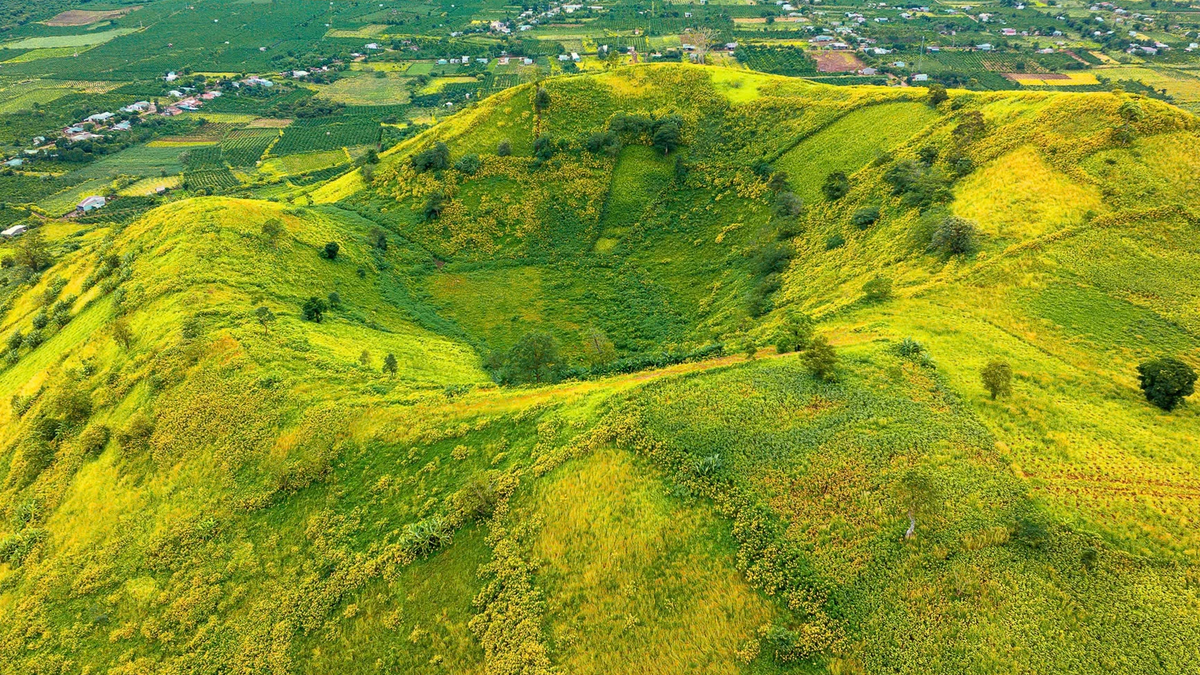
![[Photo] General Secretary To Lam visits Long Thanh International Airport Project](https://vphoto.vietnam.vn/thumb/1200x675/vietnam/resource/IMAGE/2025/11/13/1763008564398_vna-potal-tong-bi-thu-to-lam-tham-du-an-cang-hang-khong-quoc-te-long-thanh-8404600-1261-jpg.webp)





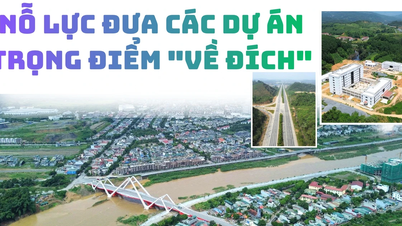

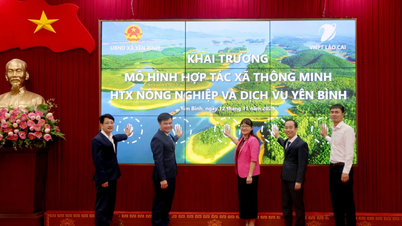






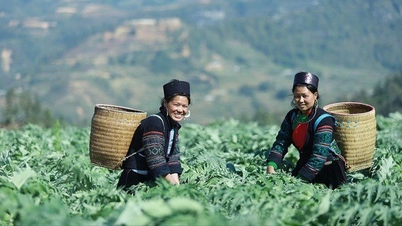

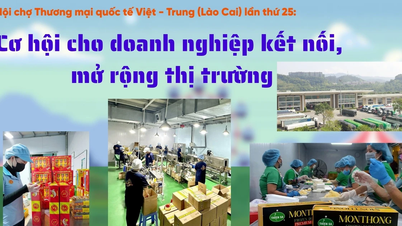


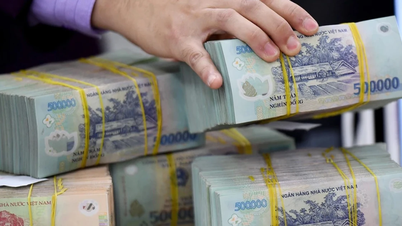
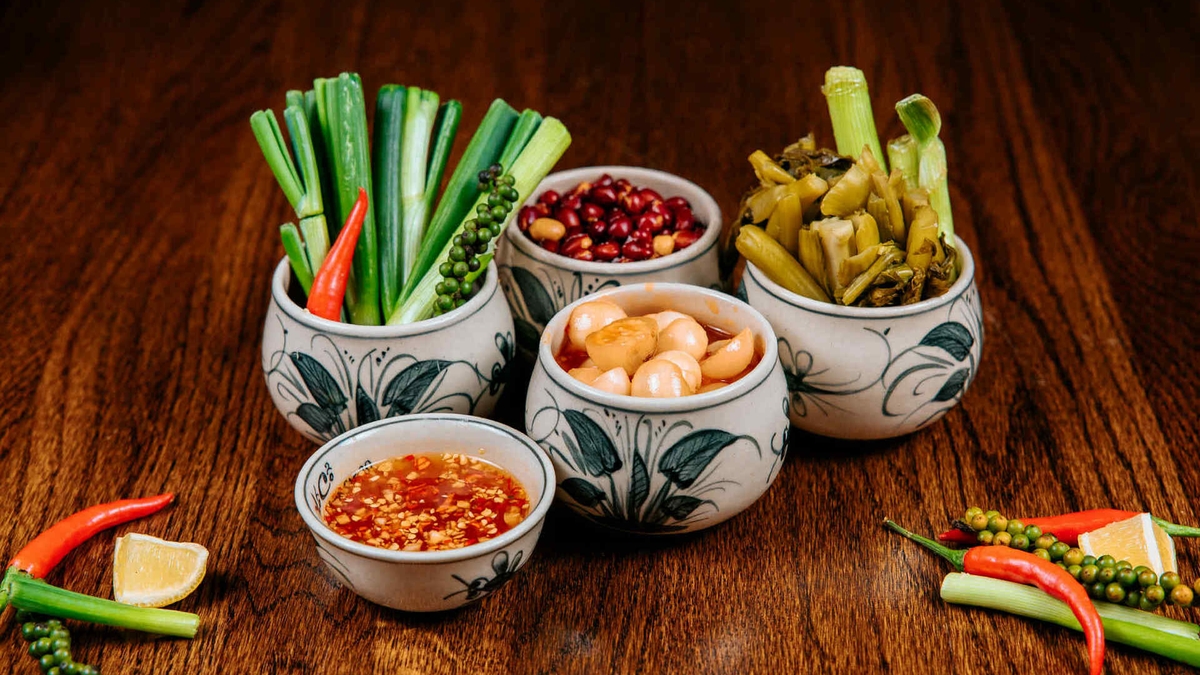











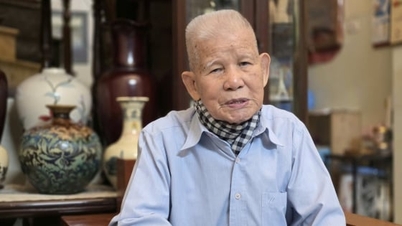









































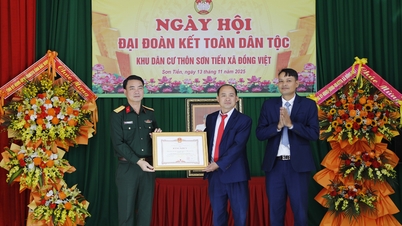










![Dong Nai OCOP transition: [Article 3] Linking tourism with OCOP product consumption](https://vphoto.vietnam.vn/thumb/402x226/vietnam/resource/IMAGE/2025/11/10/1762739199309_1324-2740-7_n-162543_981.jpeg)







Comment (0)